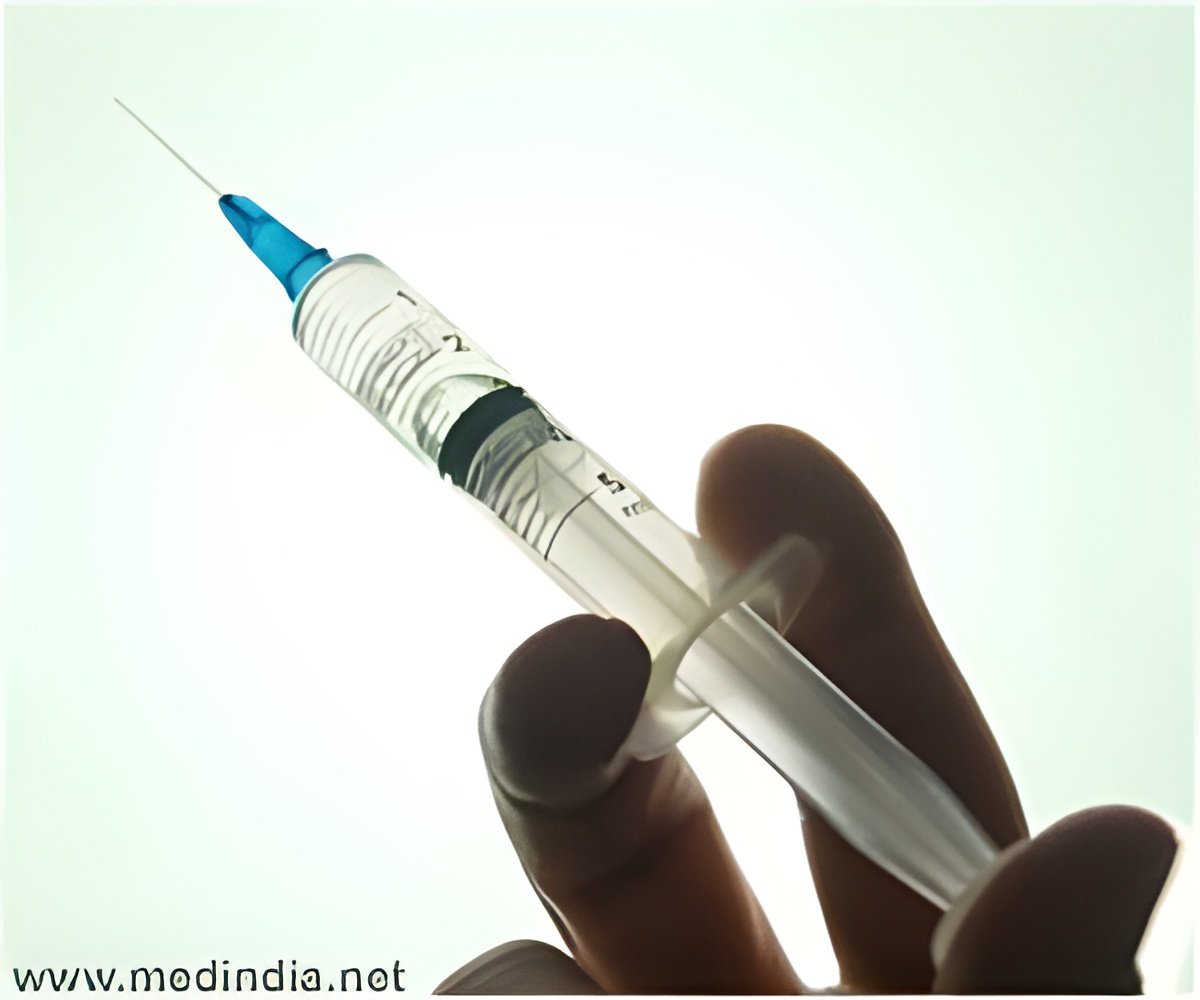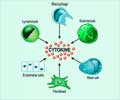
Broadly speaking, the vaccines available today fall into two categories: whole-cell vaccines, which rely on weakened or killed bacteria or viruses; and acellular or subunit vaccines, which include a limited number of antigens—portions of a pathogen that trigger an immune response. Both approaches have advantages and disadvantages.
"Whole-cell vaccines elicit a broad range of immune responses, often just as an infection would, but can cause side effects and are hard to standardize," said Malley. "Acellular vaccines can provide good early immunity with less risk of side effects, but the immune responses they induce wane with time."
The MAPS method may allow vaccine developers to take a middle ground, where they can link multiple protein and polysaccharide (sugar) antigens from one or more pathogens together in a modular fashion, much as one would connect Lego blocks.
The resulting complex—which resembles a scaffold of polysaccharides studded with proteins—can stimulate both antibody and T-cell responses simultaneously much like whole-cell vaccines, resulting in stronger immunity to the source pathogen(s). However, because the composition of a MAPS vaccine is well defined and based on the use of isolated antigens (as one would find with an acellular vaccine) the risk of side effects should be greatly reduced.
For instance, mice injected with a MAPS vaccine combining proteins from tuberculosis (TB) and polysaccharides from Streptococcus pneumoniae (pneumococcus) mounted vigorous antibody and T-cell responses against TB, whereas those vaccinated with TB protein antigens alone mounted only an antibody response.
Advertisement
"The MAPS technology gives you the advantages of: whole-cell vaccines while being much more deliberate about which antigens you include; doing it in a quantitative and precise way; and including a number of antigens so as to try to replicate the effectiveness of whole-cell vaccination," Malley explained. "The immunogenicity of these constructs is greater than the sum of their parts, somewhat because they are presented to the host as particles."
Advertisement
While his team's initial work has focused on bacterial pathogens, Malley believes the technology could impact vaccine development for a broad range of pathogens, in particular those of importance in the developing world. "Technically, one could construct MAPS vaccines for viruses, parasites, even cancer antigens," he said. "And the modularity is such that one could include antigens from multiple pathogens into the same vaccine, allowing the development of combinatorial vaccines much more efficiently."
Source-Eurekalert












